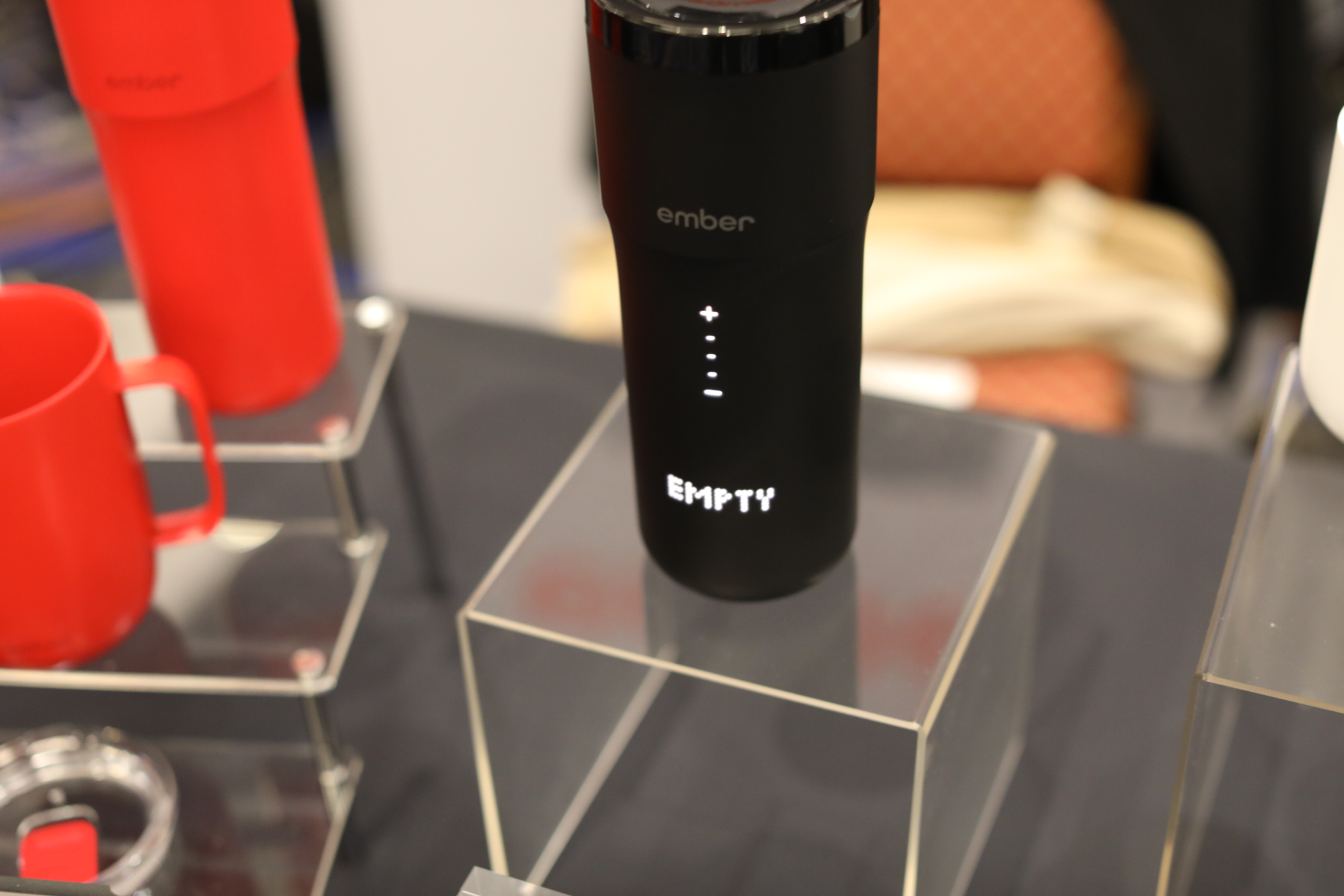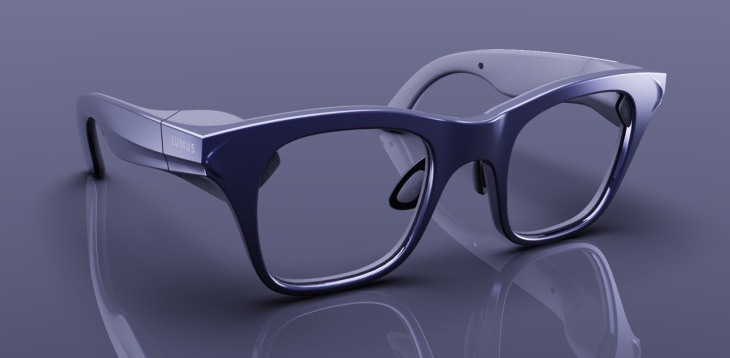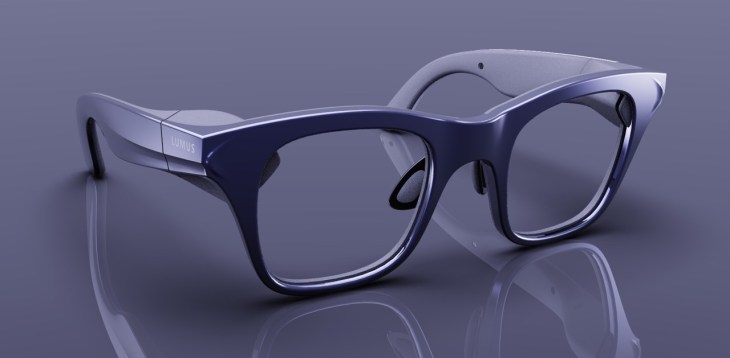
EcoFlow teases full-house battery backup coming later this year
January 7, 2023
Ember brings Find My functionality to its self-heating travel mug
January 7, 2023

AR tech sounds pretty cool, but nobody wants to be a glasshole. Today at CES, we checked out Lumus‘ bid to make AR glasses a little bit less cringe. The company creates a series of glasses that look, well, more or less like glasses, and are compatible with prescription lenses, too.
The new glasses are the second generation of its “Z-Lens 2D waveguide” tech, halving the size and weight of the tech needed to make AR bloom to life.
“In order for AR glasses to penetrate the consumer market in a meaningful way, they need to be impressive both functionally and aesthetically. With Z-Lens, we’re aligning form and function, eliminating barriers of entry for the industry and paving the way for widespread consumer adoption,” said Ari Grobman, Lumus CEO, in an interview with TechCrunch. “Our introduction of Maximus 2D reflective waveguide technology two years ago was just the beginning. Z-Lens, with all of its improvements unlocks the future of augmented reality that consumers are eagerly waiting for.”
The lenses include a 2Kx2K resolution, surprisingly vibrant colors and a head-up display that can be seen even in broad daylight. Extra good news for this particular glasses wearer — the company’s tech can be bonded directly to Rx prescription glasses. The tech works by using so-called “reflective waveguides” that help the tiny projectors held in the eyeglass frames to project on the inside of the semi-translucent lenses. This means that the glasses can be used as regular glasses while also being usable as projection surfaces. The other advantage is that there’s minimal light leakage — so it’s virtually impossible to see from the front that the wearer is getting info beamed into their eyeholes.
The company tells me it has gone on a patenting binge, claiming it already has more than 430 patents granted, with an additional 540 patents pending. That both places it among the world’s top patent holders for augmented reality optics and positions it beautifully as an acquisition target for a larger company that may be scared of getting sued, bored of paying licensing fees or both.




